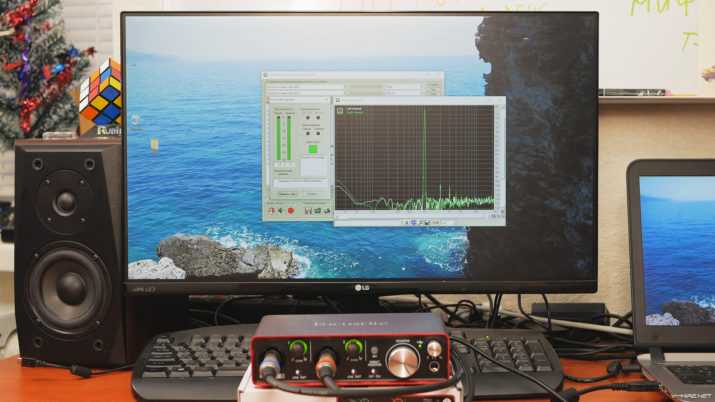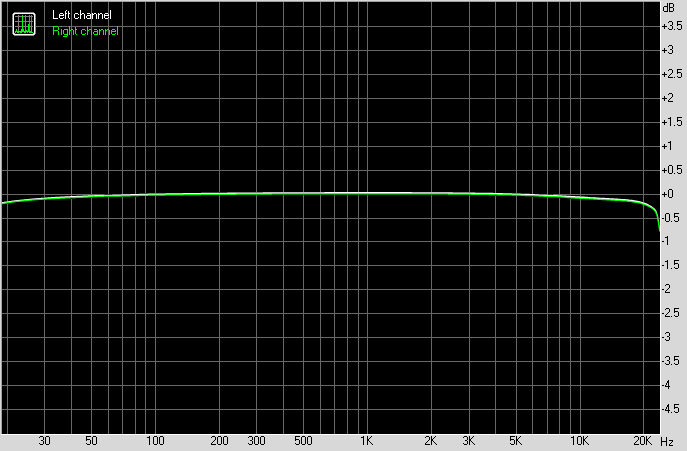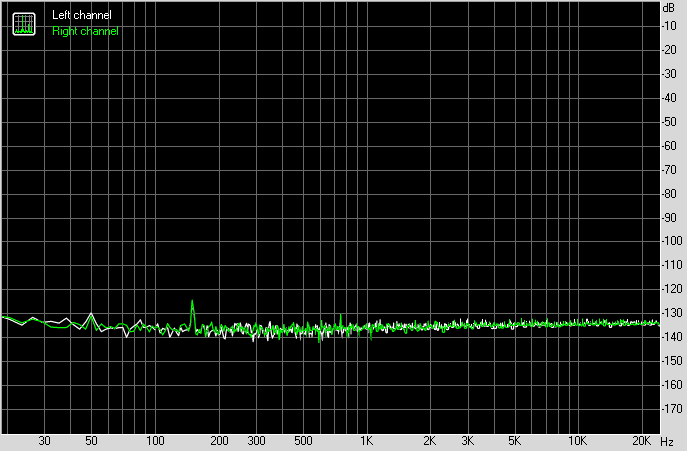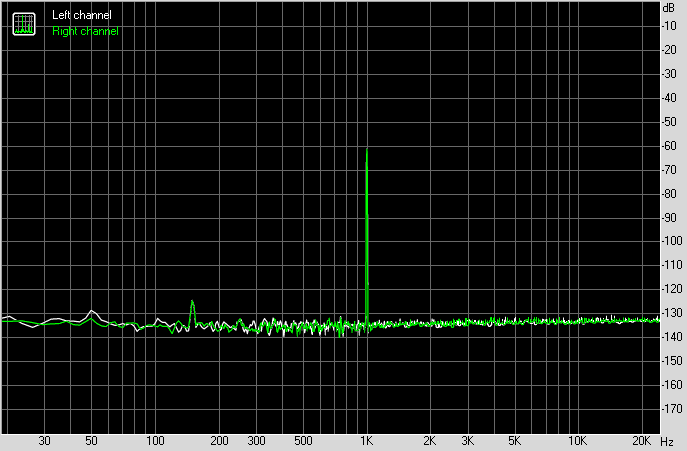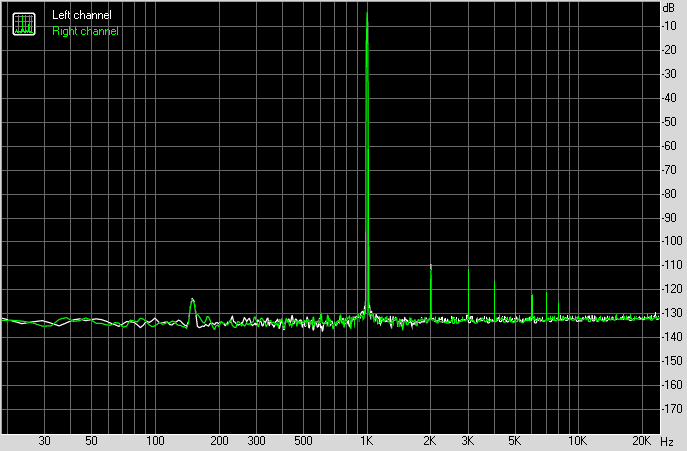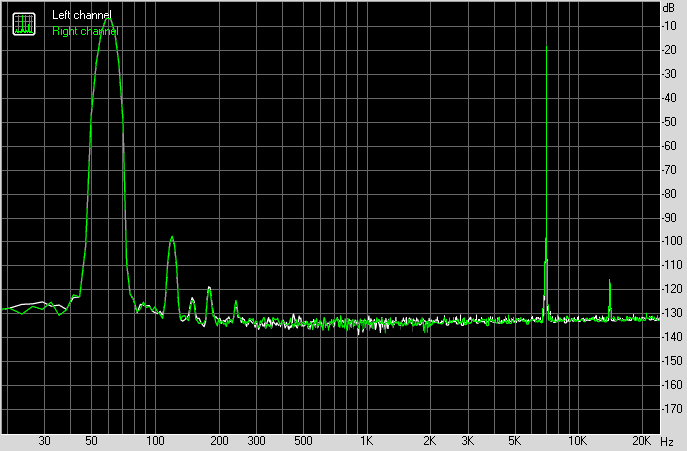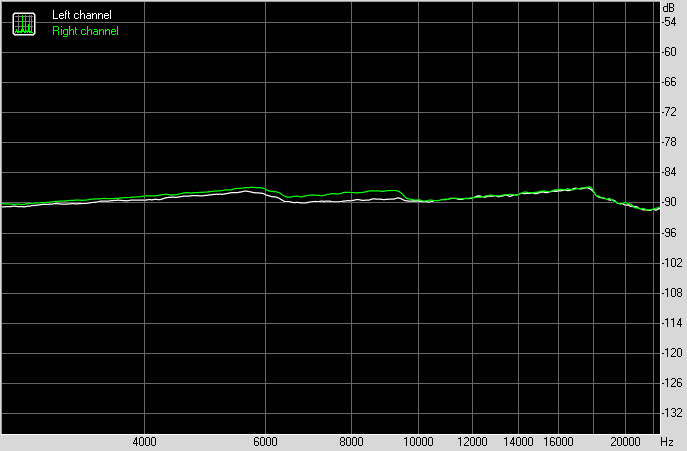Conclusion
This third generation of Scarlett interfaces might not seem a radical step up from the previous range, but Focusrite has scattered some well-needed upgrades among the set, from boosting the tech specs, to adding inputs and improving the whole user experience – especially for newcomers to music-making.
At that entry level, the Solo maintains its predecessor’s easy portability and compact and mobile form and will easily suit singer-songwriters wanting good-quality recording and playback on the move. The 8i6 will also suit newcomers and those branching out into more hardware realms, perhaps those with a smaller synth setup or a small- to medium-sized hybrid hardware/software studio. It’s a great option for small-scale instrument recording too. The top-end 18i20 is my favourite, though. It crams more I/O into a compact unit and has all the connectivity that my synth-heavy studio requires.
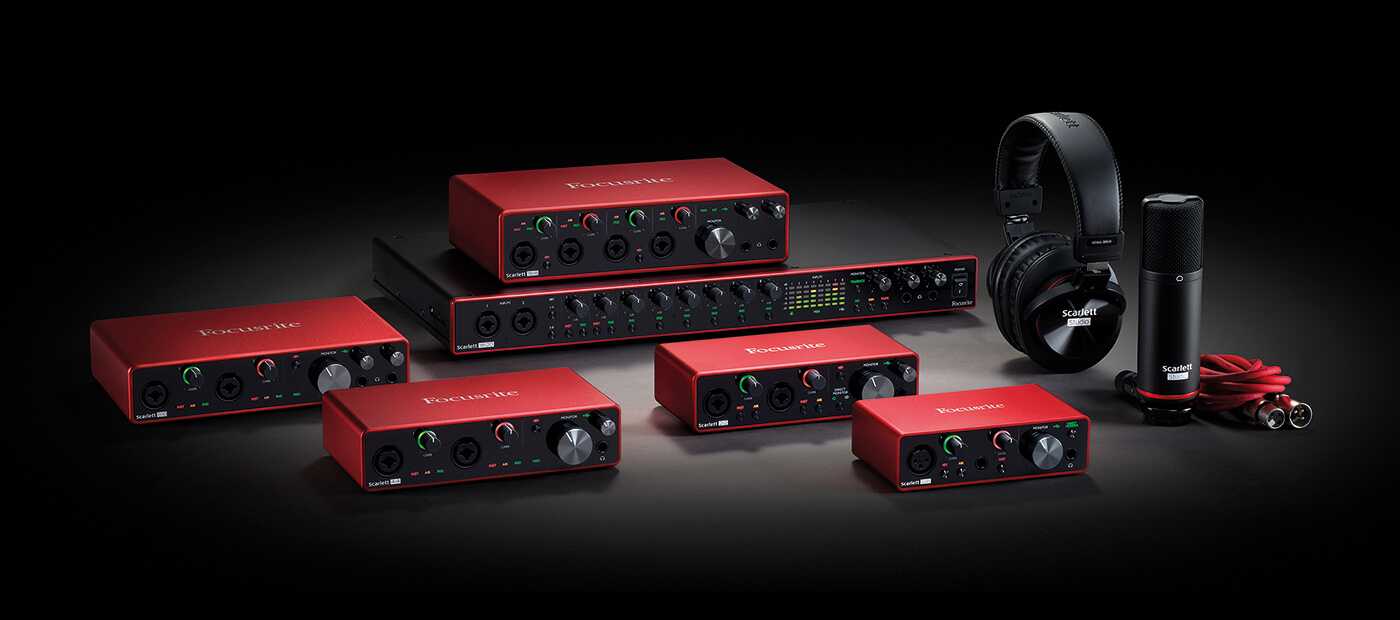
As the quality of the Scarlett range has now clearly taken a step up – in terms of the preamps, the dynamic range and lower latency – it now appears to sit closer to the more expensive Clarett range with similar specs but using USB. The 18i20, for example, now looks more than a match for the Clarett 8Pre, but costs a lot less.
However, the Clarett range still has better latency figures and other audio specs, and better external ADAT connectivity to justify their higher price tag.
Back to Scarlett: the next generation, then, and it certainly succeeds where it should. Better quality, improved specs and not much of a shift in price. It’s difficult to see Focusrite losing that ‘best selling interface’ label any time soon.
Проверка Focusrite Scarlett 2i2 2nd Gen программой RightMark Audio Analyzer (RMAA)
Программа RMAA подает на вход специальные сигналы и сравнивает их с выходными сигналами. Чем меньше входной сигнал отличается от выходного, пропущенного через нашу карту, тем лучше характеристики этой самой карты.
Благодаря этому тесту мы узнаем реальные характеристики, полученные в реальных условиях использования. Известно, что производители часто не указывают некоторые характеристики или завышают показатели качества.
Отчет о тестировании в RightMark Audio Analyzer
Тестируемое устройство: Focusrite USB ASIO; Режим работы: 24-bit, 48 kHz; Звуковой интерфейс: ASIO; Маршрут сигнала: External loopback (line-out — line-in); Версия RMAA: 6.4.5 PRO; Фильтр: 20 Гц — 20 кГц ДА; Нормализация сигнала: ДА; Изменение уровня: -0.9 дБ / -0.9 дБ; Режим: МОНО НЕТ; Частота сигнала калибрации, Гц: 1000; Полярность: правильная/правильная.
| Левый | Правый | |
| От 20 Гц до 20 кГц, дБ | -0.19, +0.03 | -0.22, +0.01 |
| От 40 Гц до 15 кГц, дБ | -0.11, +0.03 | -0.13, +0.01 |
Уровень шума
| Левый | Правый | |
| Мощность RMS, дБ | -101.6 | -101.6 |
| Мощность RMS, дБ (A) | -102.6 | -102.7 |
| Пиковый уровень, дБ | -77.1 | -77.2 |
| Смещение DC, % | +0.0 | +0.0 |
Динамический диапазон
| Левый | Правый | |
| Динамический диапазон, дБ | +101.6 | +101.6 |
| Динамический диапазон, дБ (А) | +102.7 | +102.6 |
| Смещение DC, % | +0.00 | +0.00 |
Гармонические искажения + шум (-3 дБ)
| Левый | Правый | |
| Гармонические искажения, % | 0.00074 | 0.00069 |
| Гармонические искажения + шум , % | 0.00200 | 0.00199 |
| Гармонические искажения + шум (A-взвеш.), % | 0.00192 | 0.00187 |
Интермодуляционные искажения
| Левый | Правый | |
| Интермодуляционные искажения + шум, % | 0.00367 | 0.00375 |
| Интермодуляционные искажения + шум (A-взвеш.), % | 0.00249 | 0.00253 |
Взаимопроникновение стерео каналов
| Левый | Правый | |
| Проникновение на 100 Гц, дБ | -96 | -102 |
| Проникновение на 1000 Гц, дБ | -93 | -94 |
| Проникновение на 10000 Гц, дБ | -71 | -71 |
Интермодуляционные искажения (переменная частота)
| Левый | Правый | |
| Интермодуляционные искажения + шум на 5000 Гц, | 0.00381 | 0.00411 |
| Интермодуляционные искажения + шум на 10000 Гц, | 0.00331 | 0.00339 |
| Интермодуляционные искажения + шум на 15000 Гц, | 0.00400 | 0.00409 |
Общие результаты
| Неравномерность АЧХ (в диапазоне 40 Гц — 15 кГц), дБ | +0.01, -0.13 | Отлично |
| Уровень шума, дБ (А) | -102.7 | Отлично |
| Динамические диапазон, дБ (А) | 102.7 | Отлично |
| Гармонические искажения, % | 0.00072 | Отлично |
| Гармонические искажения + шум, дБ(A) | -94.5 | Очень хорошо |
| Интермодуляционные искажения + шум, % | 0.00371 | Отлично |
| Взаимопроникновение каналов, дБ | -94.9 | Отлично |
| Интермодуляции на 10 кГц, % | 0.00378 | Отлично |
| Общая оценка | Отлично |
Scarlett sound
For the bulk of the listening tests, I’m using the mid-range 8i6 and the top-end 18i20, as these have the wider flexibility, but the same preamps that the Solo uses. The first thing that strikes me is the noise, or lack of it, on setting up inputs. I try my admittedly quite noisy electric piano first and the recordings I make are clean, deep and rich and completely noiseless. Microphone recording is just as concise and noise-free – these really are clean interfaces.
I particularly like the gain halos on the input; the traffic-light green, orange and red indicator exactly matching Logic’s own levels and warning meters in this case, and they’re an excellent secondary indicator.
I make some simple acoustic piano recordings via mic inputs, with a one-mic setup and again, it’s the clean operation and wide dynamic range that stands out, something I recall from testing both the Clarett Thunderbolt and USB ranges. I also test the Air feature. Focusrite suggests that it’s a growing effect that rises towards higher frequencies, kicking in at 100Hz and building to 20kHz. As such, I didn’t even notice it on certain sounds, but vocals – and to a certain extent upper ranges of the acoustic piano – there is a lift. It’s not dramatic, but certainly present.
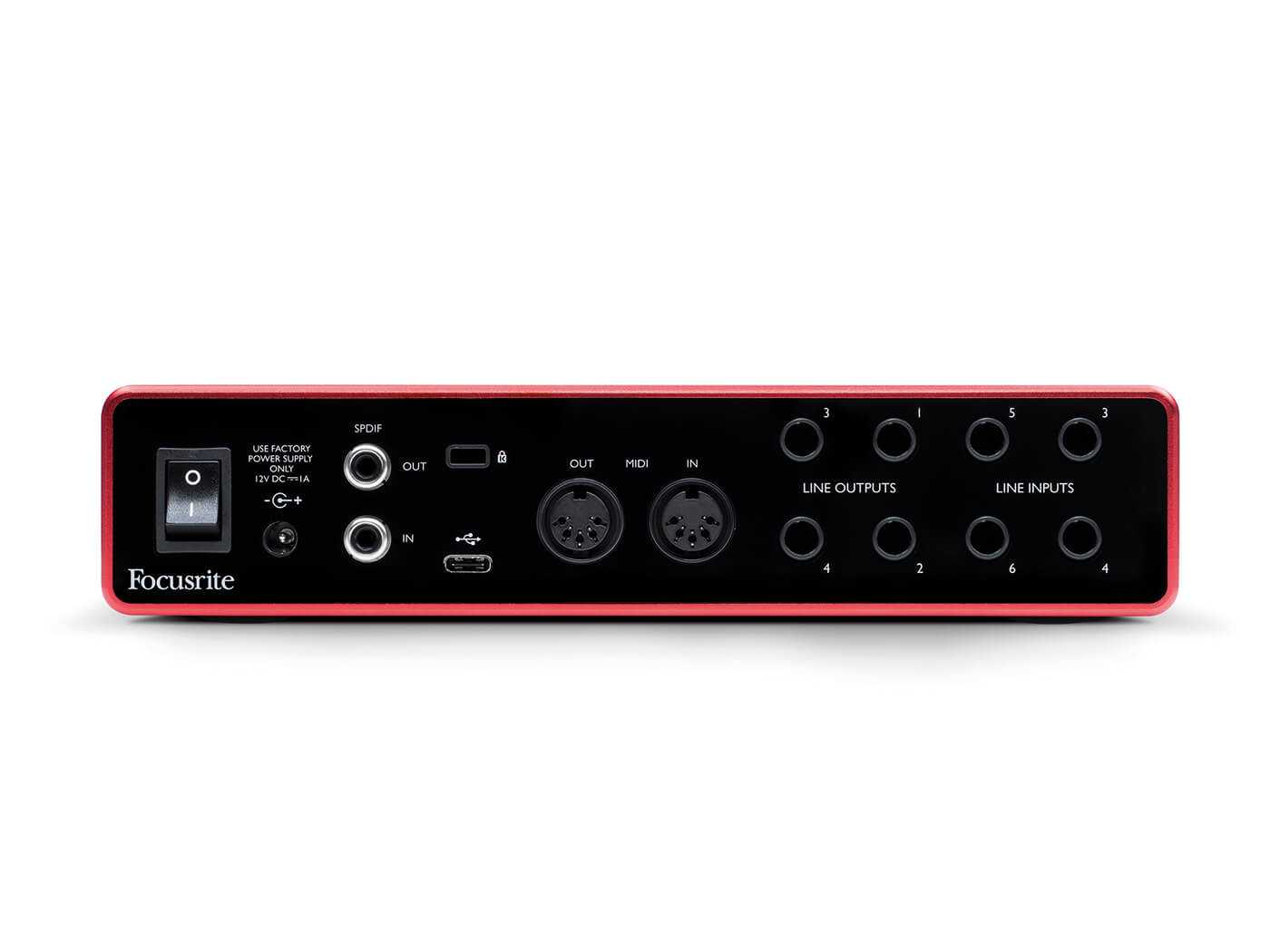 Scarlett 8i6 rear
Scarlett 8i6 rear
As a playback interface, Scarlett is also top notch. I compare the 8i6 it to my reference interface that comes in at a couple of hundred pounds more and the two are almost indistinguishable on input recording through Logic – although I find I almost immediately miss that input-LED metering on the Focusrite as soon as I swap. As straight playback devices, again the sound is comparable – remember that my reference interface is more expensive.
Onto round-trip latency – the time it takes for a signal to get through your interface, be processed by your computer, and come back to you via the interface. The figure is dependent on many factors, including your computing power, what you have running, plus your buffer size and sample rate. My tests aren’t exactly scientific (and you will get different figures), but as a comparison, with a 48kHz sample rate and a buffer size of 32 samples, my Thunderbolt Clarett tests delivered a round-trip latency of 3ms, the USB Clarett 6ms and the Scarlett was 6.8ms. Again, not definitive, but interesting that the Scarlett measures up..
For good measure, I check all the results – latency, recording and playback – with the 18i20 just to check that the sound quality and performance are as you would expect and all my tests reveal identical results: a great dynamic, low noise – even with lots of different instruments plumbed in – and low latency, so fantastic results.
For good measure, I check all the results – latency, recording and playback – with the 18i20 just to check that the sound quality and performance are as you would expect and all my tests reveal identical results: a great dynamic, low noise – even with lots of different instruments plumbed in – and low latency, so fantastic results.
Ready to go
One of the other big new features of the new Scarlett range is the incorporation of Focusrite’s new Quick Start process. This is your first introduction to the interface, and interactive process ‘designed to help those who need it to get up and running quicker and easier than ever before’, although more seasoned users can skip it and jump straight to the software downloads, should they wish. Essentially, this is the registration process on steroids, so you input your serial number and you get taken through a series of steps to allow you to download either the Lite version of Ableton Live or Pro Tools First that comes with the interface, with a handy instructional video about the installation. You even get a ‘time to install’ indication (some five minutes for Ableton, 25 for Pro Tools), rather like the time it takes to get to your gate at an airport. Very nice.
 Scarlett 18i8
Scarlett 18i8
Further tutorial content checks you through the supplied virtual instruments and plug-ins and sample-content installation, before explaining how to set up the Scarlett interface depending on how you are going to use them. Here, you get asked whether you are more of an in-the-box producer or one who will be recording externally, and are then given all the connectivity information, depending on the scenario you choose. It’s a refreshing change to get this kind of interactive experience with any piece of gear, as most of the time you’re relying on manuals that you don’t really want to read (as you’re too excited or think you know it all) and this does help you get up and recording faster.
The World’s Best-Selling Audio Interface Gets An Upgrade
With the release of the new third-generation range of audio interfaces, Focusrite shows no plans in slowing down on their quest to provide affordable, easy to use and high-quality audio products for beginners and professionals alike.
Popular with musicians, podcasters, and other audio enthusiasts who need great sound at a great price point, it’s hard to see Focusrite taking a backseat any time soon.
We take a look at the new range of products and give our thoughts below.
Spec Differences Between The 2nd & 3rd Gen Scarlett Interfaces

As you can see from the table above, there are some noticeable improvements in the 3rd Gen. All specs considered, the inputs and outputs all benefit from wider dynamic range, gain ranges and higher input and output levels.
What Else Is New In The 3rd Gen?
But what else is new? Here’s a quick overview, before we dive deep into the individual units themselves.
- Previous USB 2.0 type–B sockets have been replaced with type‑C connectors.
- Additional input and output configurations.
- Newer, better drivers and updated software.
- A cleaner, louder headphone amp driver.
- ‘Direct Monitor’ buttons now offer a switch to control ‘mono’ and ‘stereo’ summing.
- Air Button, which activates an emulation of the classic ISA mic preamps.
- Full native support for USB-C iPad Pro (Announced June 16, 2020)
Focusrite Scarlett 3rd Gen Features & Improvements
Build Quality
Focusrite have marketed the Scarlett range in the ‘budget’ league of soundcards, though have received tremendous success as they can afford to cut costs without sacrificing quality. The XLR ports, buttons and dials all feel well-build, and the chassis, despite being part-plastic, feels rock solid. The 3rd gen continues this streak with high attention to build quality, and not much can be said in terms of comparing the two gens — they are both solid iterations.
Focusrite Scarlett 3rd Gen Preamps and ‘Air Mode’
Focusrite claims that the 3rd generation Scarlett interfaces are characterized by high gain values and low noise. Making mic preamps since 1985 (the company was originally founded by Rupert Neve until being sold to Phil Dudderidge in 1989), it can be said that they have skin in the game when it comes to developing high-end gear.
Focusrite claims the 3rd Generation mic pre is the best the Scarlett range has ever seen.
Featuring six configurations of ins and outs with the best performing Scarlett mic preamps the range has ever heard, now with Air, high headroom instrument inputs, and high-performance converters, Scarlett is enabling millions of musicians, songwriters and producers to record, mix and playback audio in studio quality everywhere, all the time.Focusrite
Your recordings will possess a professional clarity with its 24-bit/192kHz converters whilst Air mode (also present in the Clarett USB range, but works slightly differently) emulates the famous boost in the mid-high frequency range — adding unique high-end detail — which was a renowned characteristic of Focusrite’s original ISA mic preamp at the famous AIR Studios.
In my experience when trying this out, the ‘Air effect’ has a presence that is felt more than heard. Regardless, it is a very welcome addition that a lot of users will no doubt embrace in their recordings.
Audio Improvements and Latency
The 3rd gen Scarlett’s feature super-low latency, and let you monitor with native plug-in effects in real-time. If you wish to monitor your input direct with guaranteed low-latency you can simply flip the brand new ‘direct monitor’ circuit switch.
USB latency is so low you won’t notice it: record and monitor everything in real time with many of your favorite plug-ins in place.Focusrite
The Dynamic Range figure is around 110dB across the 3rd gen series for line, mic and instrument inputs (an improvement on the 2nd gen’s 106-109dB).
The overall Gain Range has also been improved from 50dB to 56dB, not to mention high headroom instrument inputs, additional line-level inputs for flexible recording setups and routing, plus balanced TRS outputs to eliminate speaker hum and interference.
More control
You’ll need to download the latest version of Focusrite’s Control software to use with the entire Scarlett range. This allows you to set up main global device parameters – clocking and line/instrument inputs – and also mixing and routing options. Simply head over to the downloads section of the Focusrite website, and select your device if you didn’t get it through the Quick Start procedure (or missed that out).
Within this software, you get Input Settings and Output Routing tabs. The main I/O routings, plus your internal DAW routings are set up in the latter tab, with outputs – line, headphones Loopback and S/PDIF – running top to bottom and inputs left to right, plus your software and DAW connectivity options shown at the bottom.
Generally, the software’s set up as you might expect, with your main outputs from your DAW going to outputs 1 and 2 of the Scarlett, but you can easily change all routing by producing a Custom Mix, and then utilising the drop-down menus on each output block to change settings. Changes to input routings are just as easy, as you get an overview of all available inputs on the far right of the UI and you can, for example, easily configure inputs as stereo pairs.
Within the Control software, you can also bring the Air option in the Input Settings tab and also switch between input line and instrument levels and the Pad option (to prevent clipping with hotter signals). See the first picture in the Control boxout for more. Overall, the Control software is very easy to use and configure – setting up Custom Mixes really is a breeze – and an essential part of the Scarlett experience.
The new 3rd-Gen range
With that cleared up, let’s get onto the new range. There are six interfaces in the third generation of Scarletts, some direct replacements to models in the second generation, others replacements but with additional features like extra line-ins. The smallest is the Solo, one of the direct second-generation upgrades. As you might expect, the range then steps up with more ins and outs, so you get the Scarlett 2i2 (two in, two out); the 4i4 (four in, four out and which replaces the old 2i4, adding two fixed-line inputs); the 8i6 (one of the units on test here, which replaces the old 6i6 but adds two line inputs); the 18i8 (18 ins, including eight ADAT ins and eight analogue outs) and 18i20 (18 ins and 20 outs, including ADAT I/O).
Advertisement
 Scarlett Solo
Scarlett Solo
That’s a lot of new interfaces, but in this review we’ll be focusing on three models to cover the range: the entry-level Solo, the mid-range 8i6 and high-end 18i20. We’ll also be looking at the entry-level Solo as part of a new studio bundle, which comes with headphones and a microphone in a future mini review.
All the models in this new generation boast the Focusrite Air feature that I last saw in the Clarett USB range last year. This emulates the famous AIR Studios lift in the high mids, which is a famous characteristic of the original Focusrite ISAs first used in that studio, and which were commissioned by late uber-producer George Martin for his mixer there. The top four models also boast Loopback functionality enabling you to capture any stereo feed from any hardware or software combo: useful for podcasters and those into flexible sampling.
The technical specs have been improved, too. The Dynamic Range figure – that is the difference between the output-level capability and the noise floor, so the bigger the better – is around 110dB across the new range for line, mic and instrument inputs. That compares to anything between 106-109dB for the 2nd-Gens. Conversely, the Total Harmonic Distortion figures (a measurement of distortion and noise, so the lower the better) is around half that of the previous generation, albeit from a pretty low starting point. The overall Gain Range has also been improved, from 50dB to 56dB, so it’s a promising set of specs.
I should also mention there’s a free software bundle with Live Lite and Pro Tools First, a Splice subscription, plus a good range of plug-ins from Softube, XLN Audio and Focusrite.
Final Thoughts
Focusrite have done a great job with the new line of 3rd generation interfaces. While first glances may give the impression that they are just a prettier version of their former selves, the real magic lies under the hood — shown in the many updates and upgrades such as Air mode implementation, additional inputs, top of the line preamps, reduced latency, heightened dynamic range and of course — an overall push to make the whole user experience as streamlined and as user friendly as possible.
Bundling various DAW’s and sample providers such as Splice also further adds to their obvious care for the user and getting them started in creating music with little to no obstacles. The price point is very fair and seems to be in the same ballpark as its predecessors, despite receiving many obvious upgrades, which seems to be a logical way to retain a loyal customer base.
Is It Worth The Upgrade?
The upgraded specs and added features are definitely welcome additions and we think they’ve done well to remain competitive. That being said, if you’ve only recently bought a 2nd gen interface — we wouldn’t worry.
The new ‘Air Mode’ and mono/stereo flips are lovely additions, but unless you really need them, you’ll do just fine with the 2nd gen. We would, however, recommend picking up the 3rd gen instead of the 2nd gen if you are a first-time buyer.
One very welcome difference is the new headphone amps, which drive significantly louder (and clearer) than previous generations.
Both generations are perfect for the entry-to-mid-level bedroom producer who’s looking to get ideas down quickly and efficiently, with decent preamps and great sound.
If you are just starting out with music production, we do recommend shopping around for a bundle that helps you save some serious cash.
The hardware
I’ll start with the Solo. Now this is a dinky unit: light, compact, well built, small enough to pocket and buss-powered, too, so a good mobile-recording option. It features a mic input around the front, with a preamp common to the entire third generation of Scarletts that Focusrite confirms are the best-performing Scarlett preamps. There’s also a high-impedance instrument input (for guitar or bass) which can also take line-level signals from drum machines and synths, etc, with the flick of the switch to its right. The unit features useful ‘gain halos’ around the front gain dials that light green when levels are good, orange for just okay or red when they clip.
Finally, on the front panel there is a Direct Monitor button so you can hear what you are playing and recording latency free. These front-panel controls are very similar in layout to the last-gen Solo – as all the third-generation controls are – so if you are familiar with, or upgrading from that range, you’ll be right at home here. One last Solo upgrade includes two balanced TRS speaker outs around the back – previously, these were RCA connections.
Next up is the 8i6. It features two combi instrument and mic inputs around the front with two mic preamps. There are a couple of headphone outs plus level control, again with gain halos. Around the back you get S/PDIF I/Os, MIDI Input and Output, plus a further four inputs for line-level instruments (synths, drum machines etc), so with decent MIDI- and line-input specs, Focusrite is certainly acknowledging the growing hardware-synth scene with this one.
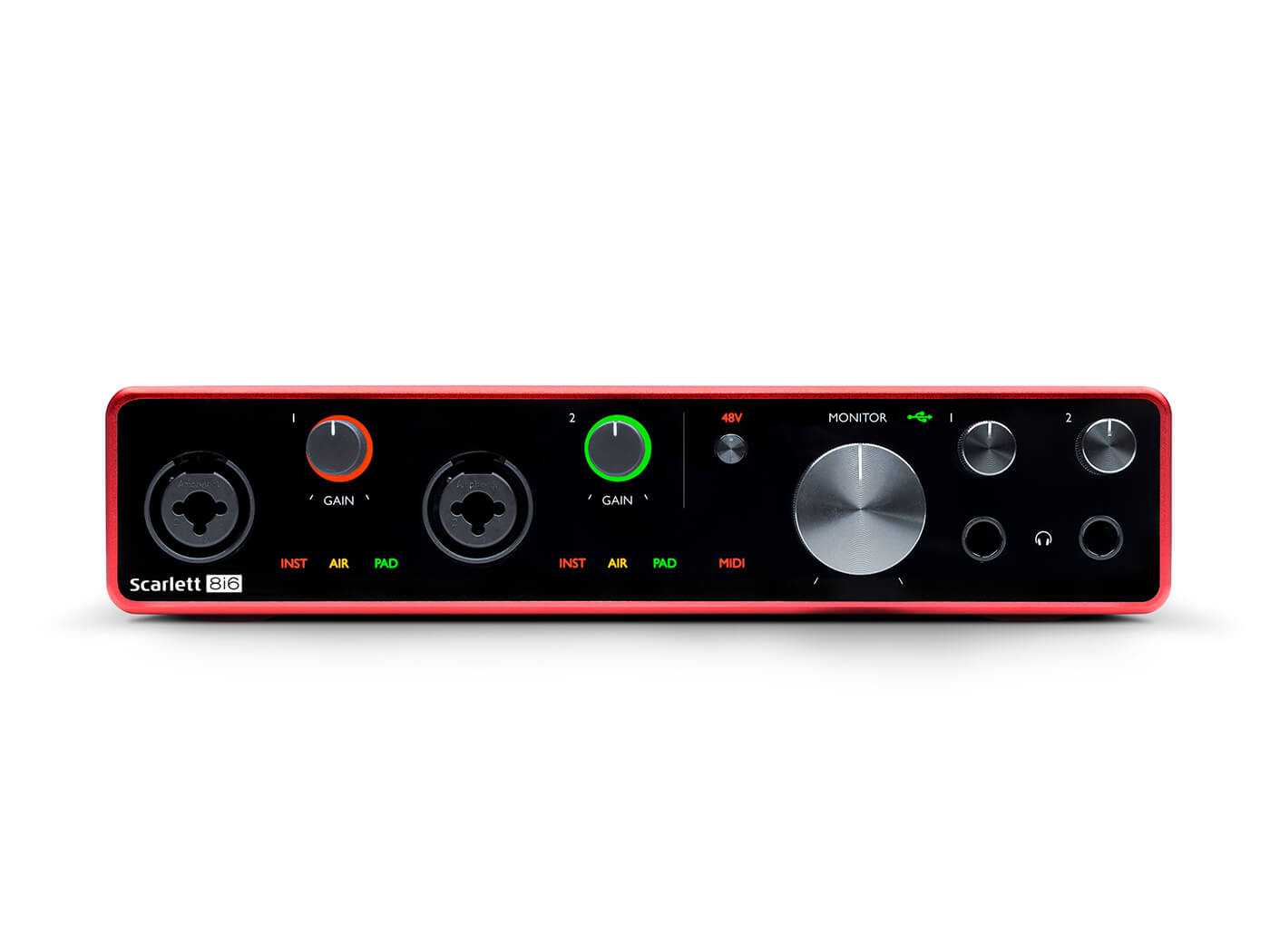 Scarlett 8i6
Scarlett 8i6
The unit is light compared to some similarly priced Audients and Steinberg interfaces that I’ve reviewed, but feels sturdy and ‘in place’ on your desktop thanks to a full-metal case and rubber feet.
Finally, the higher end Scarlett 18i20 boasts 18 inputs via two switchable combi mic/instrument/line XLR inputs and six more via line inputs and S/PDIF I/Os. There are eight more ADAT optical ins and outs (for the connection of external ADAT I/O expanders) plus 10 physical balanced monitor outputs and two headphones. The big difference here between the 18i20 and the rest of the range is the more well-spec’d front panel which is more compact in terms of height but one set of LEDs indicates all level inputs and there are indicators for Air per channel and Instrument for inputs 1 and 2. It also has optional rack ears for rack-mounting.

